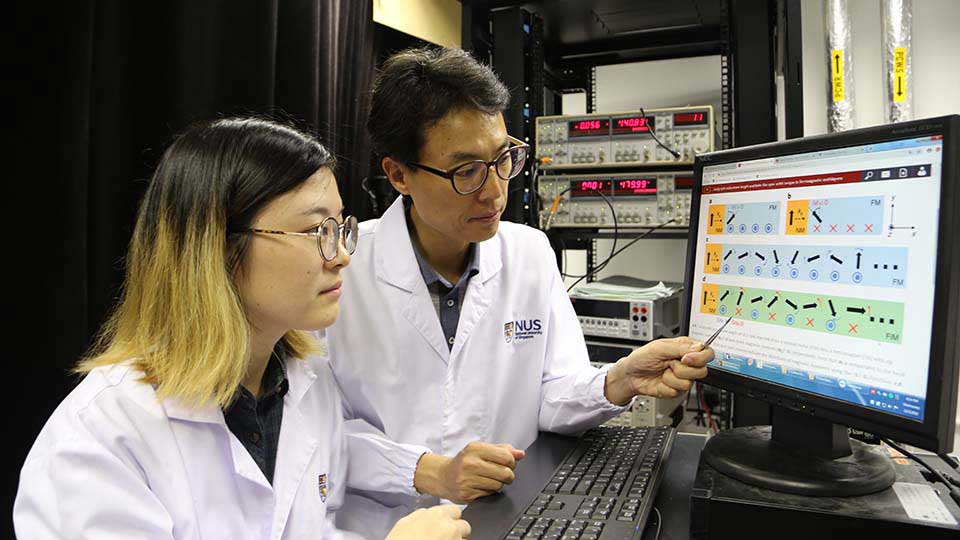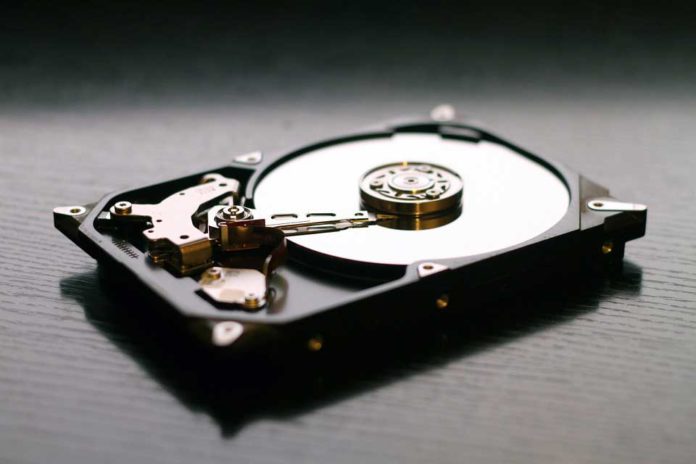Engineers at the National University of Singapore have developed a new magnetic device using ferrimagnets that could operate digital information 20 times more efficiently. It also holds the potential to function with 10 times more stability as compared to current commercial spintronic digital memories.
Associate Professor Yang Hyunsoo from the NUS Department of Electrical and Computer Engineering said, “Our discovery could provide a new device platform to the spintronic industry, which at present struggles with issues around instability and scalability due to the thin magnetic elements that are used. This breakthrough has the potential to accelerate the commercial growth of spin-based memory.”
Engineers fabricated this memory device using an intriguing class of magnetic material – ferrimagnets. Significantly, it was found that ferrimagnetic materials can be grown multiple times thicker without trading off on the general data writing efficiency.

Mr. Rahul Mishra, who was part of the research team said, “The spin of the current carrying electrons, which basically represents the data you want to write, experiences minimal resistance in ferrimagnets. Imagine the difference in efficiency when you drive your car on an eight-lane highway compared to a narrow city lane. While a ferromagnet is like a city street for an electron’s spin, a ferrimagnet is a welcoming freeway where its spin or the underlying information can survive for a very long distance.”
Engineers used an electronic current to write information in a ferrimagnet memory element which was 10 times more stable and 20 times more efficient than a ferromagnet.
Assoc Prof Yang said, “Here we took an advantage of the unique atomic arrangement in a ferrimagnet. In ferrimagnets, the neighboring atomic magnets are opposite to each other. The disturbance caused by one atom to an incoming spin is compensated by the next one, and as a result, information travels faster and further with less power. We hope that the computing and storage industry can take advantage of our invention to improve the performance and data retention capabilities of emerging spin memories.”
Now, engineers are planning to take a gander into the data writing and reading speed of their device. They expect that the distinctive atomic properties of their device will also result in its ultrafast performance. In addition, they are also planning to collaborate with industry partners to accelerate the commercial translation of their discovery.
The invention of this novel spintronic memory was first reported in the journal Nature Materials on 3 December 2018.
